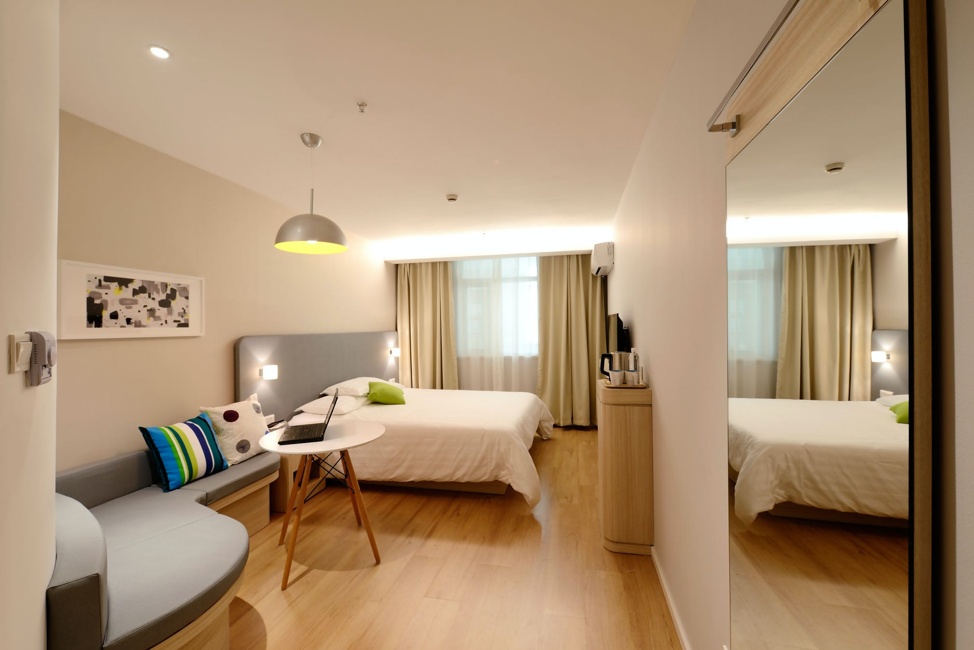Renovating a NYC Townhouse: Things to Consider
Are you planning on renovating a NYC townhouse? Once in a while, every New Yorker feels the need to renovate their brownstone beauty. When deciding to renovate your NYC townhouse, first determine how much your budget and contractors can handle before setting the wheels into motion. We must also work efficiently to minimize the length of time the renovations would take in order to mitigate the expense of looking after two homes.

Here’s what you need to know to efficiently and economically renovate your townhouse:
Cost, Timespan and What to Tackle
If you purchase a townhouse that requires work across multiple spaces and rooms, it is better to tackle to project before moving in. The first task to tackle must be the flooring. It is not so much the cost that’s bothersome, but the hassle one endures if they don’t get the flooring done before moving in. In this situation, you will have to put the furniture in storage and temporarily relocate, which really is a bucket load of hassle.
In the same way, skim coating the ceilings and walls is another intrusive and messy task that is better performed when the house is vacant.
Renovating a NYC Townhouse: Questions to Ask
When setting out to find a townhouse to renovate, most people have an idea of what kind of home and lifestyle they are looking for. Perhaps you have suffered enough from neighbors stomping above your heads or cannot accept any more troubles from the co-op boards. It could also be that you simply dream of a roofed terrace and a backyard. Whatever your motivations may be, you should narrow down your townhouse renovation search to the properties that will suit your intended lifestyle and home. Here are some questions you must ask yourselves to aid your search.
1. Building’s history
Here is where you take the property’s soundness into serious consideration. We must access the Department of Building’s site to look up the history of our property and go through the complaints, violations as well as permits and applications for any work conducted prior to our ownership.
We must vigilantly look for red flags and determine, with the help of the information derived, whether any prior projects were undertaken and executed properly. These include alterations to the plumbing, structural changes, mechanical and electrical, etc. there are also several other real estate resources we can access to obtain publically available, comprehensive information concerning our property.
2. Compare the Actual Square Footage Versus the Buildable Square Footage
Many townhouses have a larger footprint compared to current buildings. For example, the building may be 20’x 35’ itself, but the brownstones are often on 100-foot lots. Explained by some experts, these buildings even have the option of extending in a rebuilding project by ten to thirty feet. However, this depends on the floor-area ratio. The Zoning designation determines the FAR. The Zoning Resolution for New York City designates up to ten residential districts.
It is also an established fact that if you need to expand vertically, the landmark preservation requirement may pose certain constraints. The square footage does not count spaces that are below-grade. You can make use of the spaces below to create storage or mechanicals, even when they are not for inhabiting. If you use the underground space to store these elements, we can free up a lot of space above to maximize your living area and perhaps the rental income potential.
3. Existing Conditions
Apart from the information you collect through databases, you must pay due attention to the current state of the building. Look for signs of termites, water damage, mold and etc. Most importantly, never fail to check on the external forces beyond the control of the owner such as a lot of ongoing and planned construction in the area.
Do your research background details of the townhouse; was it a single-family or a two-family dwelling. You should then hire an architect accordingly.
4. Is Yours in a Historical or a Landmarked District?
New York City’s Landmark Preservation Commission preserves buildings and sites that are historically, architecturally, and culturally significant. Several brownstone townhouses are located in historic districts. As per the LPC website, more than 36,000 landmark properties lie in historic extensions and districts across the five boroughs.
If you are seriously considering buying a protected townhouse, you will be required to submit any planned alterations at the same time as you submit the contractor’s plans to the DOB.
5. Financing the Townhouse Renovation
The process of acquiring a townhouse purchase and renovation financing is the same as the renovation and purchase of a condo. This is because, just like condos, townhouses are also recognized as real property.
If you are planning on financing both the purchase and the renovation of the property yourself, then you have a couple of options to do so:
- Apply for a permanent mortgage loan and a construction loan separately. This means that you will have to research loans separately and make two separate sets of closing costs payments.
- You can also opt for a construction to permanent loan. This combination instrument is meant to simplify the process because you will then have to take just one loan and then pay the closing costs.
We have the best townhouse contractors in New York City to take care of all townhome related renovations.
BRENER CONSTRUCTION INC
Email: info@brenerconstruction.com
Tel: 646-455-3321
